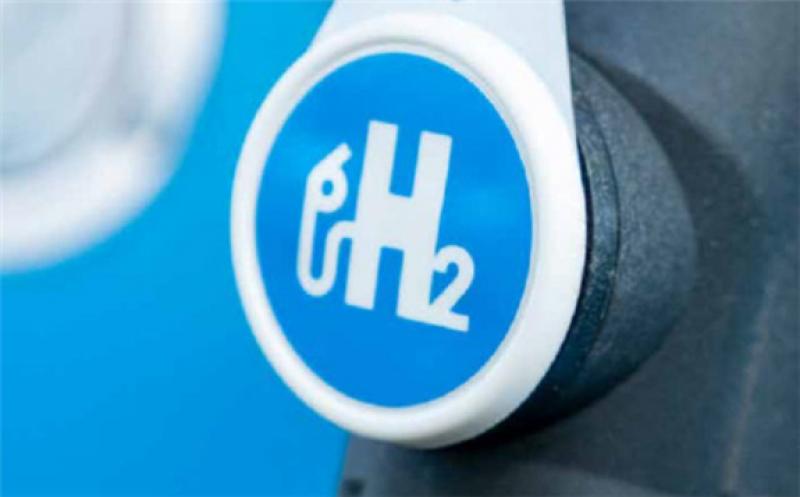Green hydrogen is expected to start becoming cost competitive with hydrogen from fossil fuels in India by 2030, finds a new report from The Energy and Resources Institute (TERI).

The report from the independent research organisation estimates that by 2030 the costs of hydrogen from renewables in India will fall by more than 50% and will start to compete with hydrogen produced from fossil fuels.
Moreover, with this cost reduction and with the imperative to decarbonise the economy, hydrogen demand in India could increase by at least five-fold by 2050, with about 80% of it ‘green’, according to the report.
Hydrogen demand currently is around 6Mt per annum for ammonia and methanol for industry sectors such as fertilisers and refineries. By 2050 this could increase to around 28Mt, primarily with the growing demand from industry but also with expansion into the transport and power sectors.
The report states that several leaders are emerging in the hydrogen sector, including Japan, the European Union and China. But a window of opportunity still remains for India to capture large parts of this market, using the advantage of a large domestic market, competitiveness of green hydrogen and low-cost labour.
With industry the major user, this is obviously the first sector in which hydrogen will become cost competitive with fossil fuels in India. However by 2040, hydrogen could become cost-effective for providing long duration storage in a high variable renewable electricity system. Prior to this date the need will be minimal as the wind and solar generation is unlikely to reach sufficient penetration.
In the transport sector, battery electric vehicles, with improvements in battery technologies, are likely to dominate the smaller, shorter range passenger vehicles. The role of hydrogen is set to be limited to long distance and heavy duty applications, with its growing cost competitiveness during the 2030s.
Accelerating hydrogen in India
The report says that a step-change in government policy and business actions is required to accelerate the adoption of hydrogen technologies in India. This includes greater cross-sector coordination within the government and a shift from early-stage R&D programmes towards later-stage commercialisation support.
The country also should be proactive in manufacturing electrolysers to produce green hydrogen. The government should set targets for electrolyser deployment by 2030 and facilitate companies to establish electrolyser manufacturing facilities in India.
To ensure that low carbon hydrogen is favoured over high emission alternatives, an emissions penalty could be introduced at some stage, either in the form of more stringent regulations or a carbon tax. Green product standards also should be introduced.
“The falling cost of hydrogen will drive its uptake, with initial scale-up being driven by collaborations between progressive public and private players,” says Dr Ajay Mathur, Director General of TERI.
“India has an opportunity to grow an economically competitive low carbon hydrogen sector that can spur job growth reduce energy imports, whilst drastically reducing emissions.”
The report estimates that with the scale up of domestic green hydrogen use, annual energy imports could be reduced by around 120Mtoe – around 20% of today’s final consumption – with cost savings of Rs.50,000 Cr ($20 billion).